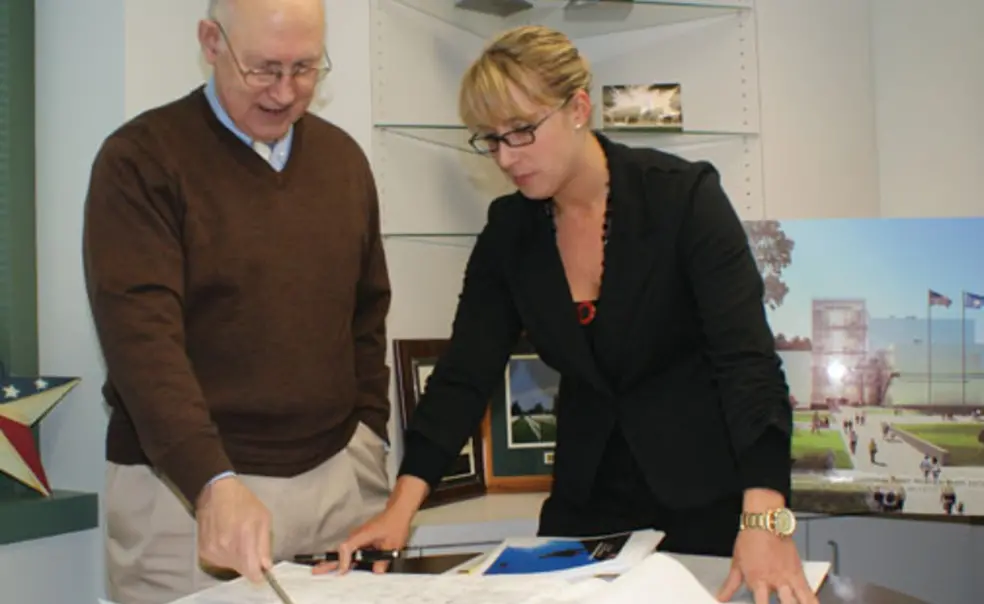Alumni Profile: Creighton W. Abrams Jr. '62, head of the Army Historical Foundation
Résumé: Executive director of the Army Historical Foundation since 2000. Retired Army brigadier general. Served 31 years, including deployments to Korea, Vietnam, Germany, Southwest Asia, and Italy. Site manager for General Dynamics in Saudi Arabia. English major at Princeton.
PRESERVING MILITARY HISTORY As head of the Army Historical Foundation, Brig. Gen. Creighton W. Abrams Jr. ’62 is charged with building support for the National Museum of the United States Army. Expected to open in 2016 at Fort Belvoir, Va., the museum would fill a major gap in the Army’s historical presence: All other service branches have their own national museums. “As the largest and oldest service, the Army needs the support of the American people, and this museum will help connect and reconnect Americans with their Army,” says Abrams, the son of the late Gen. Creighton Abrams, who was the U.S. commander in Vietnam after Gen. William Westmoreland and later Army chief of staff. The Army will operate the building, which the foundation will fund through a $200 million capital campaign. In addition to raising money — the campaign has brought in $65 million from 95,000 donors to date — Abrams keeps in touch with the Army Corps of Engineers on the construction plans.
A NEW DIRECTION “Other museums are mostly about battles,” says Abrams. The Army museum’s three major galleries will explore other facets of the Army since its 1775 founding. “Soldiers’ Stories” will feature personal accounts told in pictures and text, plus videos. “Fighting for the Nation” will tell the stories of major wars, from the American Revolution to the wars in Iraq and Afghanistan and the fight against terrorism. “Army and Society” will look at interactions of the military and civilians by exploring technology, the tradition of civilian control of the military, the Army’s role in public-works projects and as a societal “melting pot,” and public support of the troops.
COLLECTIVE MEMORY The museum expects to attract some 750,000 visitors a year. “It will remind those who have served — and their families and friends — that their collective stories and deeds will not be forgotten,” Abrams says.












No responses yet